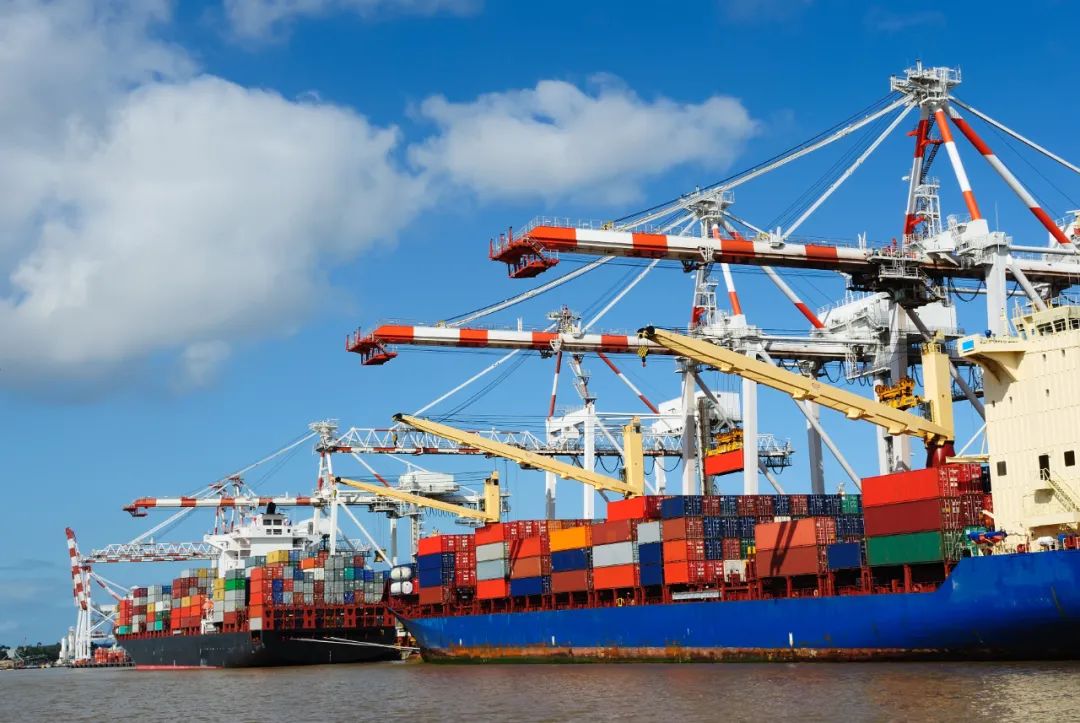 United Petroleum Equipment Pte. Ltd.
United Petroleum Equipment Pte. Ltd.

Recently, the U.S. Department of Commerce released data showing that Mexico will surpass China for the first time in 2023 and become the largest source of imported goods to the United States. This is also the first time in more than 20 years.

The value of U.S. imports from Mexico increased by nearly 5% between 2022 and 2023 , reaching a level of more than $475 billion.
At the same time, the value of U.S. imports from China fell by about 20%, to about $427 billion.
This is the first time in more than 20 years that Mexico has surpassed China and become the largest source of imported goods to the United States. The last time the United States imported more goods from Mexico than China was in value in 2002.
Analysts pointed out that the goods with the most significant decline in U.S. imports from China are mainly concentrated in the fields of computers, electronic products, chemicals, and pharmaceuticals , all of which are "politically sensitive areas" for the United States.
In order to reduce its dependence on these areas, the U.S. government is actively promoting the strategy of "escaping dependence on China" and encouraging domestic companies to find new suppliers in allied countries or move production lines back to the United States.
At the same time, the impact of the COVID-19 epidemic on the global supply chain has further prompted U.S. companies to seek "nearshore" supply strategies closer to home.
In this context, Mexico seems to have become one of the main beneficiaries of the U.S. strategy of “escaping dependence on China.” However, the reality is more complex than it appears.
According to the American Broadcasting Corporation (ABC), some Chinese manufacturers have established production bases in Mexico and are taking advantage of the preferential conditions brought by the US-Mexico-Canada Free Trade Agreement to obtain more benefits.
The New York Times quoted economists as saying that some multinational companies have transferred some of their manufacturing operations from China to other countries, but they continue to purchase raw materials and components from China. Others may simply use other countries as "transit points" to export Chinese-made goods to the United States.
Even though much of the value of such goods is created in China, U.S. trade statistics do not record them as “from China.” Therefore, Caroline Freund, dean of the School of Global Policy and Strategy at the University of California, San Diego, believes that U.S.-China trade relations "have definitely weakened, but not as severely as official statistics show."
While the United States attempts to reduce its dependence on China by diversifying supply chains, in some cases these efforts may simply shift production away from China to other countries that still maintain close economic and trade ties with China.
Jeff Short, a fellow at the Peterson Institute for International Economics in Washington, noted that foreign direct investment by Chinese companies in Southeast Asia is increasing, which may lead to more products being produced in these regions and ultimately affect the flow of U.S. imports from Southeast Asia.
At the same time, while U.S. import dependence on Mexico has increased and reliance on China has decreased, which may be seen as an example of friendly-shoring, the trend may also simply be companies moving production from China to Mexico results in better access to the U.S. market.